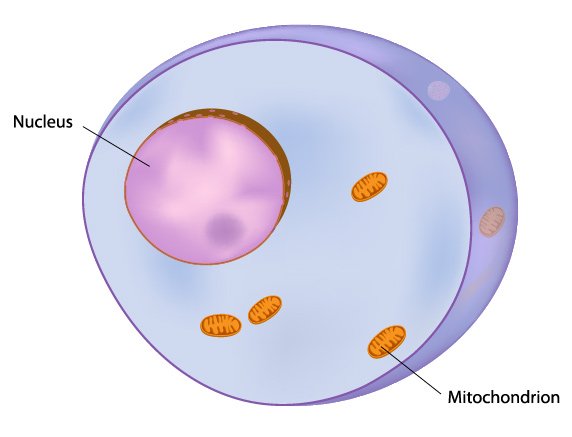
23rd July 2018 Wrinkles and hair loss reversed in mice Scientists at the University of Alabama at Birmingham report the reversal of aging-associated skin wrinkles and hair loss in a mouse model.
A team led by Keshav Singh, PhD, has announced the result of tests on mice that successfully reversed two of the most visible signs of aging: wrinkled skin and hair loss. Their research could one day lead to a treatment for humans. When a normal, healthy mouse (left) received a mutation leading to mitochondrial dysfunction, the animal developed extensive hair loss and wrinkled skin within a matter of weeks (middle image). When the mitochondrial function was restored, by turning off the gene responsible for mitochondrial dysfunction, the mouse returned to smooth skin and thick fur, indistinguishable from a healthy mouse of the same age (right). "To our knowledge, this observation is unprecedented," said Singh, a professor of genetics in the UAB School of Medicine. Importantly, the mutation responsible for this transformation is part of a nuclear gene affecting mitochondrial function. These tiny organelles are known as the powerhouses of cells. Numerous mitochondria in cells produce 90% of the chemical energy cells need to survive. In humans, a decline in mitochondrial function is seen during aging, and mitochondrial dysfunction can drive age-related diseases. A depletion of the DNA in mitochondria is also implicated in human mitochondrial diseases, cardiovascular disease, diabetes, age-associated neurological disorders and cancer.
"This mouse model should provide an unprecedented opportunity for the development of preventive and therapeutic drug development strategies to augment the mitochondrial functions for the treatment of aging-associated skin and hair pathology and other human diseases in which mitochondrial dysfunction plays a significant role," says Professor Singh. The mutation is triggered by doxycycline (an antibiotic) added to food or drinking water. This causes depletion of mitochondrial DNA because the enzyme to replicate the DNA becomes inactive. Within four weeks, the mice showed grey hair, reduced hair density, slowed movements and lethargy. Wrinkled skin was seen four to eight weeks after the mutation, and females had more severe skin wrinkles than males. Dramatically, this hair loss and wrinkled skin could be reversed by turning off the mutation. The photos earlier in this blog show hair loss and wrinkled skin after two months of doxycycline induction, and the same mouse a month later after doxycycline was stopped, allowing restoration of the depleted mitochondrial DNA. Little change was seen in other organs when the mutation was induced – suggesting an important role for mitochondria in skin compared to other tissues. Singh and his team report their findings in the journal Cell Death & Disease.
Comments »
If you enjoyed this article, please consider sharing it:
|








